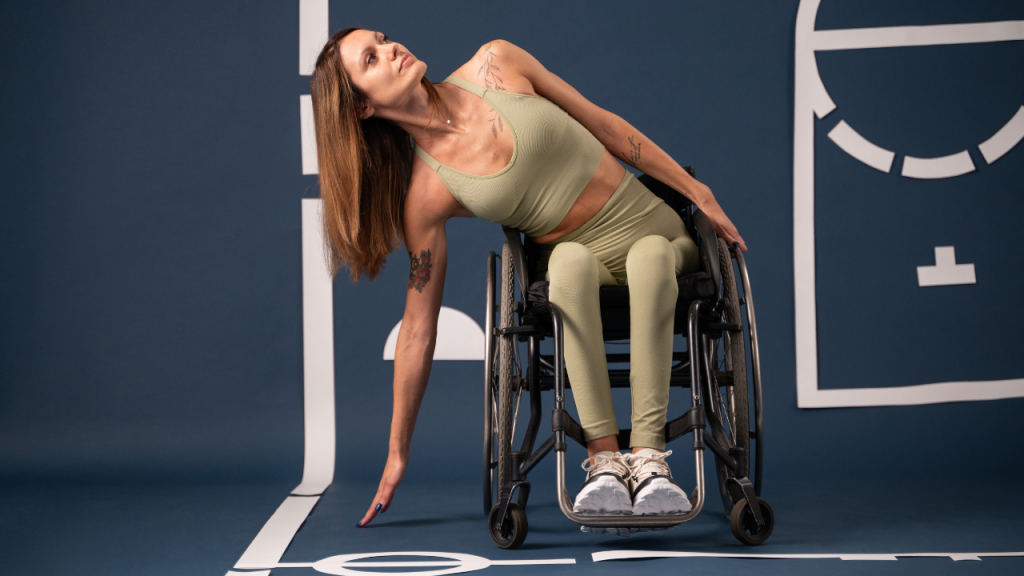Introduction
Have you ever noticed how professional athletes seem to have endless stamina and a strong, healthy physique? The secret behind their endurance is not just genetics—it’s the consistent engagement in physical activities that strengthen their heart and cardiovascular system.
Cardiovascular health is crucial because the heart is the engine that powers the entire body. A strong, well-functioning heart pumps oxygen-rich blood efficiently, ensuring all organs receive the nutrients they need. Poor cardiovascular health, on the other hand, increases the risk of heart disease, high blood pressure, and stroke—some of the leading causes of death worldwide.
One of the best ways to keep the heart strong is through sports. Whether it’s running, cycling, swimming, or playing team sports like soccer and basketball, engaging in physical activities can significantly improve heart health. But how exactly does playing sports benefit the heart? This article explores the science behind sports and cardiovascular health, the best sports for heart fitness, and practical tips for incorporating them into daily life.
How Sports Improve Cardiovascular Health

1. Strengthening the Heart Muscle
The heart is a muscle, and just like any other muscle in the body, it needs exercise to stay strong. When you engage in sports that involve continuous movement, such as jogging or playing basketball, the heart works harder to pump blood throughout the body. Over time, this process strengthens the heart muscle, leading to:
- A lower resting heart rate – A strong heart pumps blood more efficiently, reducing the need for frequent beats.
- Improved cardiac output – More blood is pumped per beat, allowing oxygen and nutrients to reach cells faster.
- Better endurance – A stronger heart can sustain prolonged physical activity without excessive fatigue.
A study published in the Journal of the American College of Cardiology found that individuals who engage in moderate-to-vigorous sports at least three times a week have a significantly lower risk of heart disease (source: JACC)
2. Enhancing Blood Circulation
When you engage in physical activities, your heart pumps more blood, ensuring better circulation. This increased blood flow provides several benefits:
- Oxygen and nutrients reach the muscles and organs more effectively.
- Waste products like carbon dioxide and lactic acid are removed faster.
- Arteries remain flexible, reducing the risk of blockages.
Regular participation in sports also prevents blood clots, which can lead to heart attacks and strokes. Activities like cycling, swimming, and playing tennis encourage good circulation and keep the arteries open and elastic.
3. Lowering Blood Pressure
High blood pressure (hypertension) is a major risk factor for cardiovascular disease. Engaging in sports regularly can help lower blood pressure by:
- Improving the elasticity of blood vessels, allowing them to expand and contract more easily.
- Regulating stress hormones that contribute to hypertension.
- Enhancing nitric oxide production, a natural compound that relaxes blood vessels.
A meta-analysis by the American Heart Association (AHA) found that aerobic sports like running and swimming can reduce blood pressure by an average of 4–9 mmHg, significantly lowering the risk of heart disease (source: AHA)
4. Reducing Bad Cholesterol (LDL) and Increasing Good Cholesterol (HDL)
Cholesterol plays a key role in cardiovascular health. Low-density lipoprotein (LDL), or “bad cholesterol,” can accumulate in the arteries, leading to blockages and increasing the risk of heart attacks. High-density lipoprotein (HDL), or “good cholesterol,” helps remove excess cholesterol from the bloodstream.
Playing sports helps:
- Lower LDL cholesterol, reducing the risk of plaque buildup in the arteries.
- Increase HDL cholesterol, helping to clear excess cholesterol from the bloodstream.
- Maintain a healthy balance between LDL and HDL, preventing heart disease.
According to the Mayo Clinic, engaging in aerobic sports can increase HDL levels by up to 10%, improving overall heart health.
5. Managing Weight and Reducing the Risk of Obesity
Being overweight or obese puts extra stress on the heart, increasing the likelihood of developing conditions such as hypertension, high cholesterol, and diabetes. Sports help maintain a healthy body weight by:

- Burning calories efficiently, preventing excess fat accumulation.
- Boosting metabolism, allowing the body to use energy more effectively.
- Encouraging muscle development, which helps maintain a lean body mass.
A study by the National Institutes of Health (NIH) found that individuals who engage in regular sports activities have a 50% lower risk of obesity-related heart disease compared to those with a sedentary lifestyle.
Best Sports for Cardiovascular Health
While all forms of physical activity can benefit the heart, some sports are particularly effective in boosting cardiovascular health.
1. Running and Jogging
- A classic heart-strengthening exercise.
- Boosts endurance and burns a high number of calories.
- Helps lower cholesterol and blood pressure.
- Even 30 minutes of jogging five times a week can significantly reduce heart disease risk.
2. Swimming
- A full-body, low-impact workout that reduces joint stress.
- Improves lung capacity and oxygen circulation.
- Studies show that swimmers have a 50% lower mortality rate than sedentary individuals.
3. Cycling
- Strengthens the heart and leg muscles while improving overall endurance.
- Research in Circulation found that cycling to work reduces the risk of cardiovascular disease by 41%.
4. Tennis and Racquet Sports
- Keeps the heart rate elevated, improving cardiovascular endurance.
- The British Journal of Sports Medicine found that playing tennis increases life expectancy by nearly 10 years.
5. High-Intensity Interval Training (HIIT)
- Combines short bursts of intense activity with recovery periods.
- Improves cardiovascular fitness and burns fat efficiently.
- Boosts VO2 max, a key indicator of heart and lung function.
Practical Tips for Incorporating Sports into Daily Life
- Start Small – If you’re new to sports, begin with light exercises like brisk walking or cycling.
- Make It Social – Join a sports team or invite friends for motivation.
- Set Goals – Track your progress using a fitness app or smartwatch.
- Listen to Your Body – Avoid overexertion, especially if you have preexisting conditions.
Inspiring Real-Life Stories
Charles: A 55-Year-Old Marathoner
At 45, Charles was diagnosed with hypertension and borderline obesity. Instead of relying solely on medication, he took up running. Within a year, his blood pressure normalized, and by 50, he had completed his first marathon. His story proves that it’s never too late to start.
Susan’s Journey: From Sedentary to Cyclist
Susan, a 38-year-old office worker, struggled with high cholesterol and obesity. She started cycling three times a week, gradually lost 30 pounds, and improved her cholesterol levels, reducing her risk of heart disease.
Conclusion
Engaging in sports is one of the most effective ways to strengthen the heart, improve circulation, lower blood pressure, and maintain overall cardiovascular health. Whether it’s running, swimming, cycling, or playing team sports, the key is consistency.
Take the First Step Today!
What sport will you try this week? Pick one, start small, and feel the difference in your heart health. It’s time to take control of your cardiovascular wellness!R
Reademore…https://totalinsights.online/wp-admin/post.php?post=28933&action=edit

